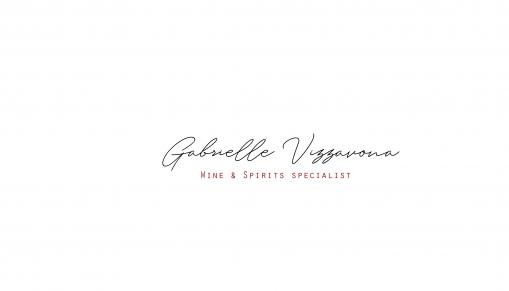Plantings of the varietal are growing across the globe, fuelled by demand from consumers with a thirst for freshness.
Both in its single varietal versions and in appellations, Sauvignon blanc is one of the coolest grape varieties of the moment, literally. In fact, it dovetails perfectly with a taste amongst enthusiasts for vibrant, palatable and delicately perfumed wines. The reign of slightly over-oaked Chardonnay is drawing to an end, despite the fact that it is still the most widely planted and distributed white vitis vinifera wine cultivar internationally, with 210,000 hectares spread across 41 countries. By comparison, Sauvignon is less widespread, with 123,000 hectares globally, but its rate of growth is higher. The 15th most planted varietal in the 1990s, it has now moved up to 8th place. “This is a contradictory grape variety because it is very easy to recognise, irrespective of where it comes from, and yet, as soon as it travels, it takes on a local accent. Its range of expressions affords it protection. Sauvignon’s charm stems from the fact that it is of no interest when it lacks a distinctive persona. A lot of wines are sold for the flavour they don’t have, whereas Sauvignon can only be sold for the flavour it does have”, commented prominent winemaker Denis Dubourdieu during a conference at the Concours Mondial du Sauvignon in 2010, just as Sauvignon was starting its great ascent.
In France, Sauvignon blanc covers 29,900 hectares. It accounts for 27% of white grape varieties in the Loire and 45% of white varietals in Bordeaux, its two French homes. In the Centre-Loire Valley region, connoisseurs like its streamlined, incisive style and its subtle aromas of citrus and fresh grass flowing into notes halfway between herbal and mineral. Sauvignon is the pivotal varietal in several appellations, like Sancerre where supply cannot keep pace with global demand. Its success stems from the soaring popularity of its single grape variety and attractive price points. “We are considered to be THE benchmark worldwide for Sauvignon blanc. We first made a name for ourselves in the 1970s due to our geographical proximity to Paris, in some ways mirroring Chablis. Our wines offered fantastic value for money and we boasted stellar terroirs. With 2,500 hectares compared with 800,000 hectares for the whole of France, white Sancerre is just a drop in the French wine ocean. But its rarity creates value. It is a strong brand name, which is why there isn’t enough wine to go around”, enthuses Matthieu Delaporte in Chavignol. In South-West France, Sauvignon blanc – on its own or blended with Sémillon blanc of which lifts the limestone tension – is giving white Bordeaux a new lease of life. “Bordeaux producers now display the name Sauvignon on their labels because it is a strong selling point driving the white Bordeaux brand name”, comments Thomas Costenoble, director of the Concours Mondial du Sauvignon which takes place in Touraine in March.
In the Southern Hemisphere, Sauvignon blanc reigns supreme in New Zealand where it takes on richer flavours of tropical fruits, linden and asparagus and shows a fleshier texture. Now the country’s trademark varietal, it accounts for a whopping 60% of vineyard acreage and is driven by very powerful marketing. From 2000 to 2017, Sauvignon blanc’s area under vine soared by 850%, rising from 2,400 hectares to 20,500 in 2018. Spain, Chile, South Africa, Australia and the United States continue to plant Sauvignon to quench a global thirst for the varietal. Its tremendous popularity is fuelled by the English and American markets. “Sancerre is a fashionable brand name there. If you want to order a stylish glass of white wine in a stylish venue, you ask for a Sancerre. American women get excited just saying the name!” quips Matthieu Delaporte as he drives his tractor, light years away from all the commotion.
